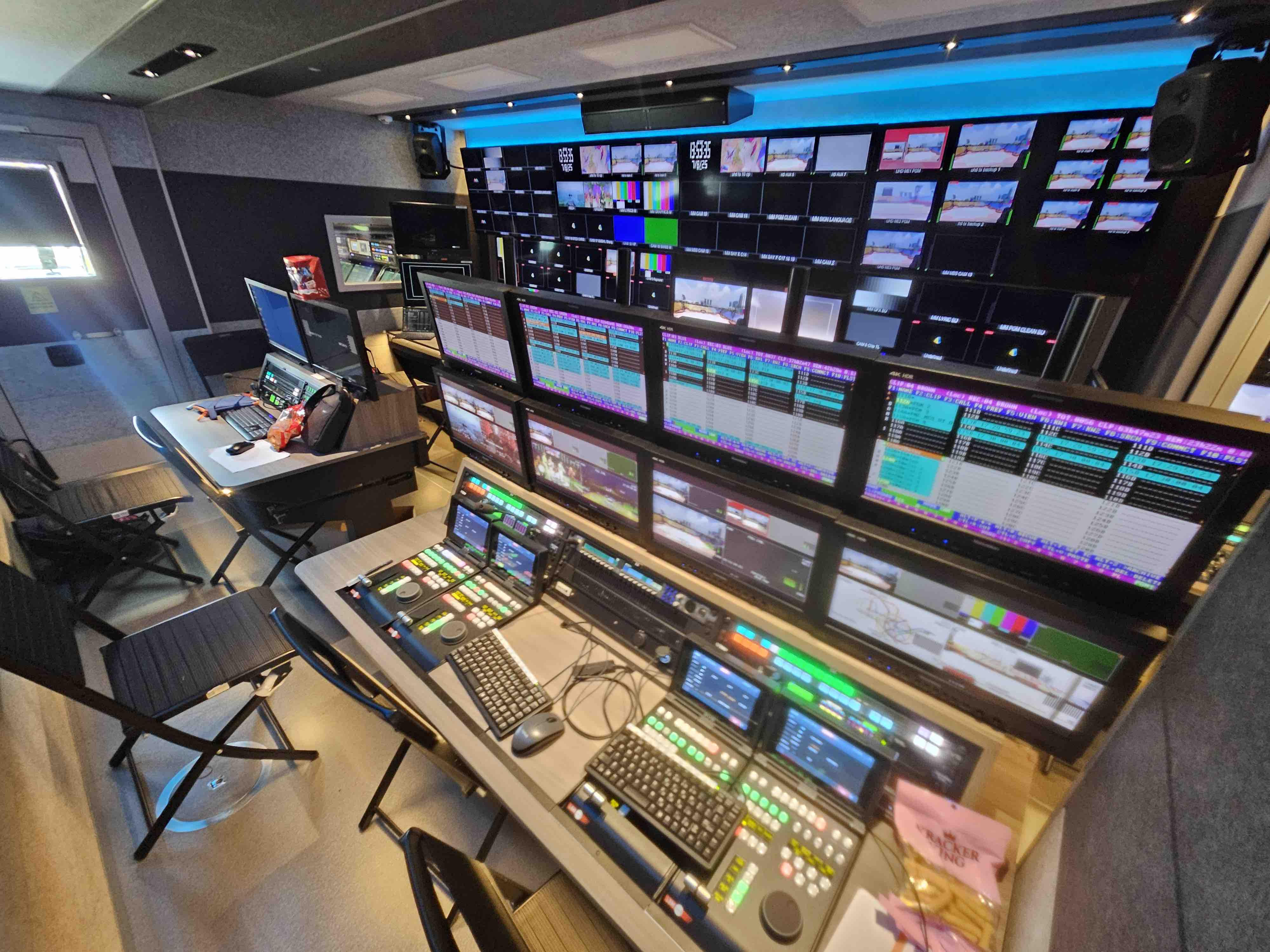Of Golf, Deregulation and the Future of TV
Are broadcasters as free to focus on fan engagement as sports leagues are?

CHARLOTTE, N.C.—One of the most striking developments to emerge at the 2025 Golfweek Tech Lab gathering here May 15 at the J.W. Marriott was the laser-like focus placed by several startup tech firms, the venture capital community and the PGA Tour itself on fan engagement technology.
Companies like Bleachr, Cue, Mobii and PlayANYWHERE showed the 90 attendees their unique spins on elevating the experience of fans engaging with golf and other sports via their smartphones and other connected devices.
Not to be outdone, the PGA Tour is pursuing its own fan engagement strategy. “One of the big cultural shifts over the past five or six years is meeting the fans where they are,” says Scott Gutterman, senior vice president, Digital & Broadcast, for the PGA Tour, noting the tour is “getting closer and closer to the personalization … that people want.”
Also Read: CBS Sports Adds Innovative AR to Massive PGA Championship Coverage
Speaking during a fireside chat on the way technology is being used to capture a younger audience, Gutterman discussed how the PGA Tour is using AI platforms to “tell a story about every shot”—no small feat, given the 30,000 to 32,000 shots made during a typical tour event.
Each of those mini-stories will ultimately serve as the foundation of a service that delivers highlights to fans of their favorite players on their smartphones “when they’re running around town going to [kids’] soccer games, but they want to keep up,” he said.
Of course, the PGA Tour already relies on a variety of digital platforms, ranging from streaming via ESPN+ to distributing highlights via TikTok, to keep fans engaged with daily play as tournaments unfold.
The professional video industry's #1 source for news, trends and product and tech information. Sign up below.
“When I first arrived at the Tour [20 years ago], the rule was to get people to watch three hours of golf every single day,” Gutterman said. “Now really our stance on this has changed. How do we bring fans to the PGA Tour in any way? How do we meet fans where they are?”
What enables this innovation to drive deeper fan engagement? It would seem to be the same thing responsible for the countless other innovations that improve the lives of people in this country: freedom and the desire to profit.
But what about television broadcasters? Are they free to leverage the latest technologies to deliver the same sorts of personalized experiences with the content they broadcast to engage their “fans,” the viewers, more deeply and unlock new sources of revenue?
Enter Federal Communications Commission Chairman Brendan Carr’s Delete, Delete, Delete deregulation initiative. The public notice announcing it said in part: “The Communications Act directs the FCC to regularly review its rules to identify and eliminate those that are unnecessary in light of current circumstances, recognizing that in addition to imposing unnecessary burdens, unnecessary rules may stand in the way of deployment, expansion, competition and technological innovation in communications that the Commission is directed to advance.”
Setting aside comments and reply comments filed at the agency with regards to NAB’s rulemaking petition aimed at having the agency establish dates certain for the ATSC 1.0 shutoff, I can’t help but read that quote and think about how rules are standing in the way of broadcasters’ “deployment, expansion, competition, and technological innovation.”
Some in this industry seem to be most interested in delete, delete, delete when it comes to ownership rules. But for the long-term health of the industry, it is equally important that the agency eliminate rules stifling tech innovation.
Phil Kurz is a contributing editor to TV Tech. He has written about TV and video technology for more than 30 years and served as editor of three leading industry magazines. He earned a Bachelor of Journalism and a Master’s Degree in Journalism from the University of Missouri-Columbia School of Journalism.

